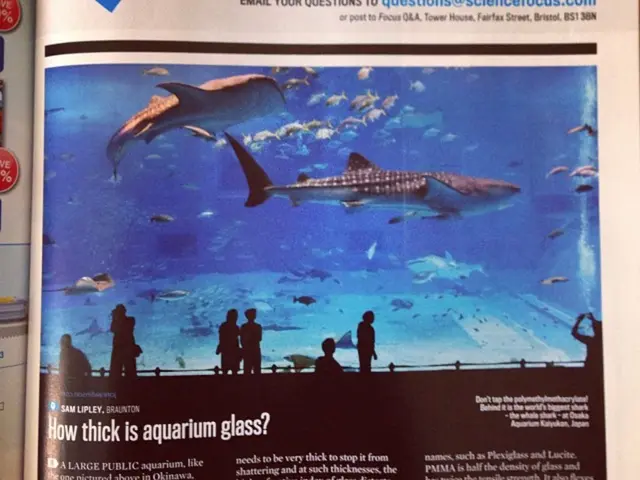Prehistoric European Residents: New Study Suggests They Practiced Skull Cracking and Consumption of Brains
In the 19th century, a significant discovery was made in a Polish cave - Maszycka Cave. This cave served as a shelter for prehistoric people known as the Magdalenians around 18,000 years ago. While the Magdalenians are renowned for their exquisite rock art, recent analyses of their remains have painted a different picture of this ancient culture.
An international team of researchers, led by evolutionary anthropologist Francesc Marginedas of the Catalan Institute of Human Paleoecology and Social Evolution (IPHES-CERCA), conducted a study published in the journal Scientific Reports. Their investigation revealed evidence of cannibalism at Maszycka Cave, adding it to a list of Magdalenian period sites across Europe that have shown similar archaeological signs of human consumption.
Utilizing advanced 3D microscopes, the team analyzed 63 human bone fragments from the Maszycka Cave, including skull and limb bones. They observed cut marks and intentional fractures, indicating that these humans were systematically and efficiently dismantled for consumption, with evidence of non-funeral consumption of muscles, brains, and bone marrow. The findings included discovered bone fragments among the remains of other consumed animals.
The cannibalistic acts on the Magdalenian bones suggest practices of scalping, defleshing heads, and fracturing skulls for consumption of nutrient-rich brain matter. Processing of larger limb bones, such as the femur and humerus, involved extracting fatty and caloric bone marrow.
The Magdalenians, as it turns out, were meticulous and efficient cannibals. This unsettling behavior is not an isolated occurrence. There are now five Magdalenian period sites across Europe that provide evidence of cannibalistic events. But why?
According to Palmira Saladié, a researcher at IPHES-CERCA who also participated in the study, cannibalism in prehistoric contexts could be a necessity, ritual, or manifestation of intergroup violence. The Magdalenian period occurred during a time of milder climates, leading to larger human populations with more sedentary lifestyles and increased competition for resources, culminating in potential conflicts.
The rising competition and conflicts likely led to acts of cannibalism. Yet, the exact reasons are unclear – were they consuming enemies or the deceased? The researchers say that the archaeological evidence suggests cannibalism as a recurring cultural practice during the Magdalenian period, beyond a one-time incident.
In light of these discoveries, future archaeological studies might investigate the prevalence of cannibalism in other prehistoric cultures to gain a deeper understanding of human behavior. advances in science and technology, such as more sophisticated 3D imaging techniques, could potentially reveal more details about ancient cannibalistic practices.









